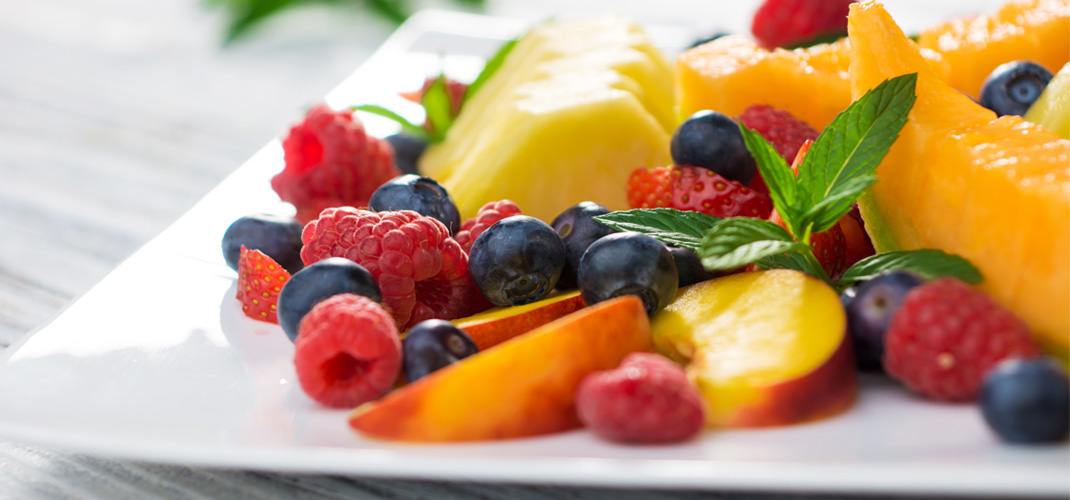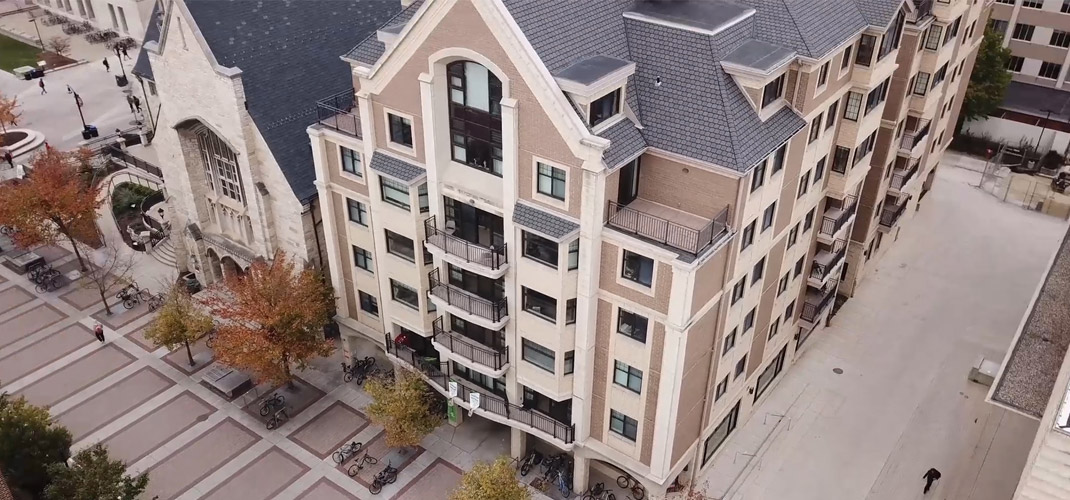Jessica Prom shared this reflection on May 3rd, 2020 at Graduation Sunday Part II. You…

Eating Strategies for Exam Time!
Eating Strategies for Exam Time!
If you are like most students, exam time eating often sends you into a de-energizing spiral. Your nutrition becomes a nightmare as you take in your quota of ‘junk’ food during midterms and finals. Getting control of your eating during these stressful times is possible.
Nutrition tips to keep you alert while studying
Eat small, frequent meals to keep your blood sugar and energy levels steady. Now’s the time to have easy,
convenient meal-type foods on hand. Avoid living entirely on snack
foods as they usually won’t energize you as much as a real meal. This is the time for
frozen entrees, bean soups, peanut butter and cold cut sandwiches, ready – to-eat tuna and chicken salads
and other convenient foods. Avoid sweets and sugary foods. If you crave sweets, consider a high protein nutrition bar instead of a candy bar. Choose one that has 15 grams of protein, such as Balance Bar®, Ironman PR® or any
that says “40-30-30”* on the label. Read the “nutrition facts’ label carefully. Choose meals and snacks that
emphasize protein over carbohydrate. Protein-rich meals and snacks keep your energy on an even keel. For example, snack on cheese, crackers and skim milk instead of crackers and juice. Top your pasta with grilled chicken strips rather than have pasta and sauce alone. You can even scramble some eggs!
Limit caffeine. Cut back gradually.
Water, water, water! Keep a cup and a liter of ice water at your desk to help maintain your energy. Consume at least that amount of water for every two hours of studying. Avoiding extra, exam-time calories make yourself get up to snack. Don’t bring the snacks to your study place. Eat snacks in the kitchen or another part of your room, away from the desk. Make sure your room/apartment is stocked with healthier snacks. Here are some ideas: nuts, raisins,
cheese sticks, low-fat yogurt, low-fat cottage cheese, low-fat milk, crunchy fresh fruits and veggies (add dip for the
veggies), frozen juice bars, hearty, low sugar breakfast cereals, oatmeal, low-fat popcorn, protein rich nutrition bars, caffeine-free herbal teas, etc. Remember that thirst can be confused with hunger. Try drinking a glass of water or a cup of hot herbal tea if you are unsure of the origins of your hunger. Use non-food stress busters to cope with the
tensions of exam time, instead of eating. (See ‘Stress Busters for Students: Avoiding the Food Trap’ for
Ideas) Study breaks: are you hungry? Only eat when you are physically hungry, not because you are in need
of a study break! When heading for the pantry look for true hunger signals, like stomach pangs/twinges, to be sure
you’re physically hungry. If you’re not hungry but still desire to eat, take a 10-minute time out and try to figure out what you really need (i.e.study break, stress relief, pep talk, etc.). Try to get those needs met without using food. Do something physical to get the blood circulating to the brain. Don’t watch TV for a study break. The commercials for food will send you to the pantry for calories you don’t need!
Adapted from Apple Promotions, College Nutrition Handouts 1 Student Wellness Office, Purdue University Student Health Center (www.purdue.edu/studentwell)



